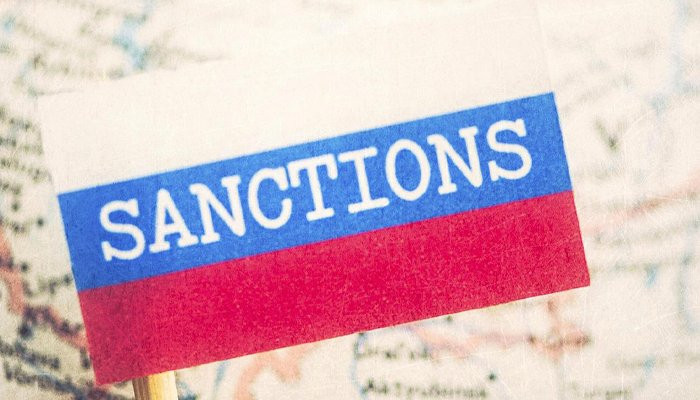EU takes step to confiscate Russian assets in Ukraine's favor
 Today, February 12, the European Union took an important step that will allow the transfer of profits from frozen Russian assets to Ukraine, according to the Council of the EU. After Russia launched an illegal and unjustified full-scale invasion of Ukraine in February 2022, the EU, in coordination with international partners, decided to ban any operations related to the management of reserves and assets of the Central Bank of the Russian Federation. As a result of this ban, the relevant assets belonging to financial institutions in EU member states are "immobilized". Today's decision, according to the G7 position, clarifies the ban on these transactions, as well as the legal status of the income received by central securities depositories in connection with the ownership of Russian immobilized assets, and establishes clear rules for the persons who own them. What are the rules? The Council, in particular, decided that central depositories of securities that own assets of the Central Bank of the Russian Federation in the amount of more than 1 million euros should account separately for extraordinary cash balances accumulated as a result of EU restrictive measures, and should also keep the relevant income separately. In addition, they are prohibited from disposing of the received net profit. Taking into account the risks and costs associated with the storage of assets and reserves of the Central Bank of Russia, each central securities depository can apply to its supervisory authority with a request to authorize the release of part of this net profit, taking into account the compliance with the authorized capital and the risks of the management requirement. Aid to Ukraine This decision allows the Council to decide on the possible establishment of a financial contribution to the EU budget, collected at the expense of this net profit, to support Ukraine and its recovery and reconstruction at a later stage. This financial contribution can be directed through the EU budget to the "Fund of Ukraine", regarding which the Council and the European Parliament reached a preliminary agreement on February 6, 2024. About 260 billion euros of assets of the Central Bank of Russia were immobilized in the form of securities and cash in the jurisdictions of G7 partners, the EU and Australia, with more than two-thirds of them immobilized in the European Union. Confiscation of Russian assets Recently, the ambassadors of the European Union reached an agreement on the use of profits from frozen Russian assets to help Ukraine. It was also reported that the diplomats, by their decision, allowed the transfer of income from the assets of the Russian Federation to a separate account. At the end of 2023, the Western press reported that the United States offered the G7 countries to confiscate frozen Russian assets in the amount of $300 billion for the benefit of Ukraine. They wanted to approve the initiative by February 24, 2024. The head of the Ministry of Foreign Affairs of Ukraine, Dmytro Kuleba, expressed confidence that the EU will still make a decision regarding Russian assets this year. Earlier, the Financial Times reported on Belgium's initiative. Brussels offered the G7 countries a plan that would allow the unblocking frozen Russian assets in Europe. |

The EU Council and Parliament strike a deal on rules to phase out Russian gas imports
457Yesterday, 09:54
EU countries seek urgent plan B to fund Ukraine
83426.11.2025, 16:54
̀«Where the bishop is silenced, Christ is silenced»: Diradur Sardaryan
71824.11.2025, 00:10
Madagascar military ruler shows 300 kg gemstone found in presidential palace
92719.11.2025, 23:47
Trump: 'Okay with me' on plan to sanction countries trading with Russia
79618.11.2025, 00:22
Trump says Republicans drafting bill to sanction countries that trade with Russia
65017.11.2025, 09:53
